Discover Aesthetic Solutions
Learn about and compare a wide range of options to make an informed choice about your body
Scarring Hair Loss: Every Aesthetic Solution with Belorens
Confront scarring hair loss with Belorens, where innovative solutions meet personalized care. We understand the profound impact of hair loss on self-esteem and offer a suite of smart match-based treatments, from cutting-edge hair transplant technologies to regenerative therapies that stimulate growth and repair. Each option is carefully selected to align with your unique circumstances, ensuring a tailored approach to not just restore your hair but also renew your confidence. Begin your path to hair revival with treatments that are as unique as your needs
4 Solutions
Filters
Most Popular Solutions
- Most Popular Solutions
- Most Providers
- Most Active Discussions


Hair Transplant
(95% Match) Hair transplant surgery is the most direct method of treatment. It transplants hair follicles from dense areas to bald spots, offering a long-term solution to scarring hair loss with natural-looking results.
B & A photos
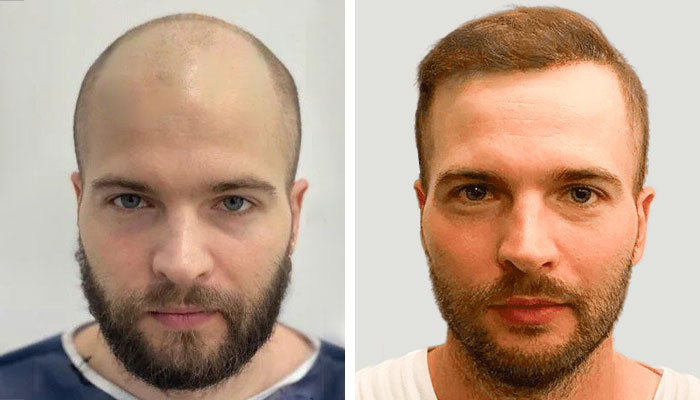
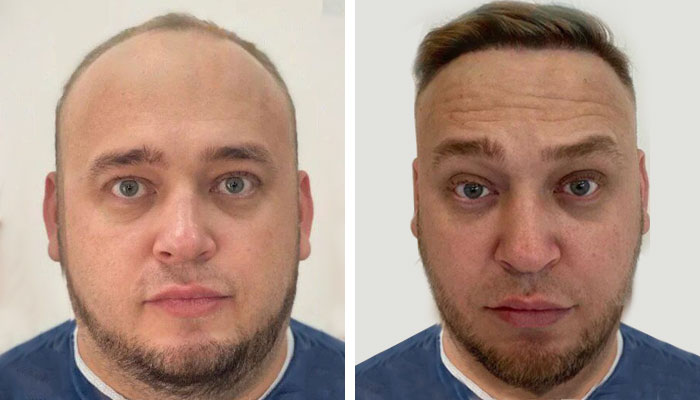
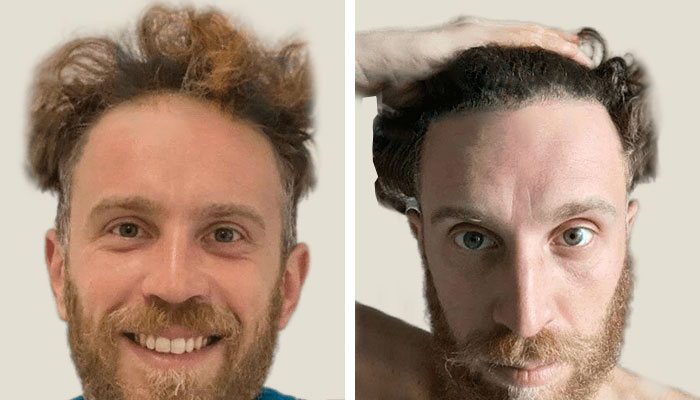
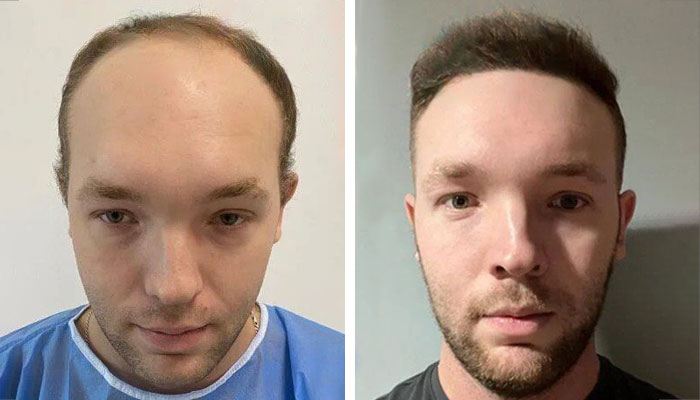

PRP Injection
(80% Match) Platelet-Rich Plasma injection utilises the patient's own plasma to stimulate hair growth and repair at the follicular level, enhancing hair density and health, and removing scarring hair loss.
B & A photos
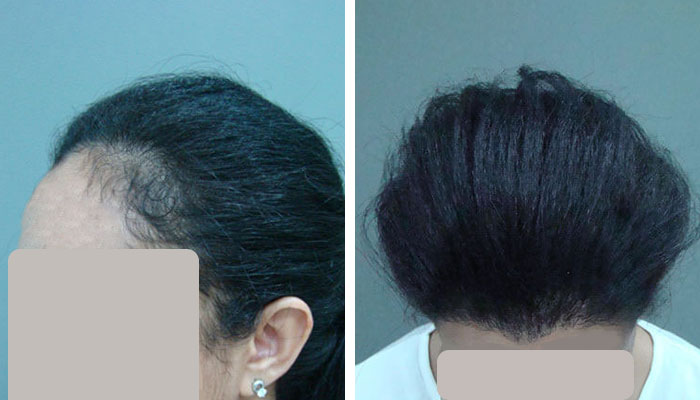
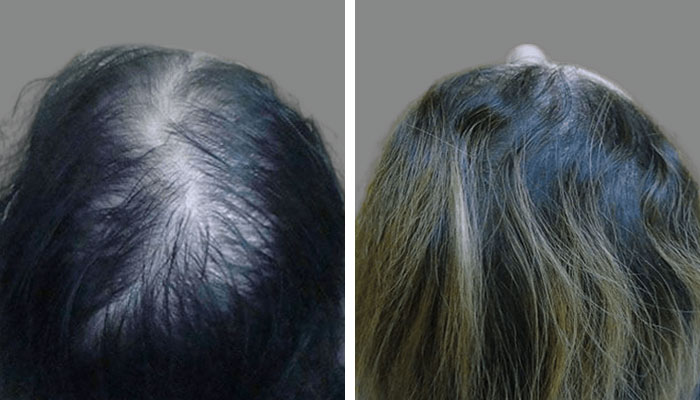
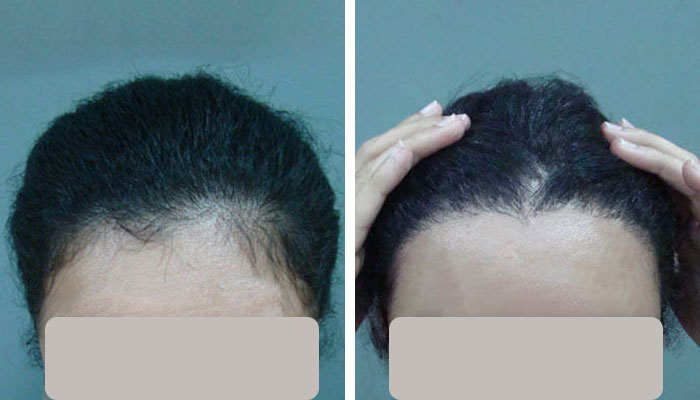
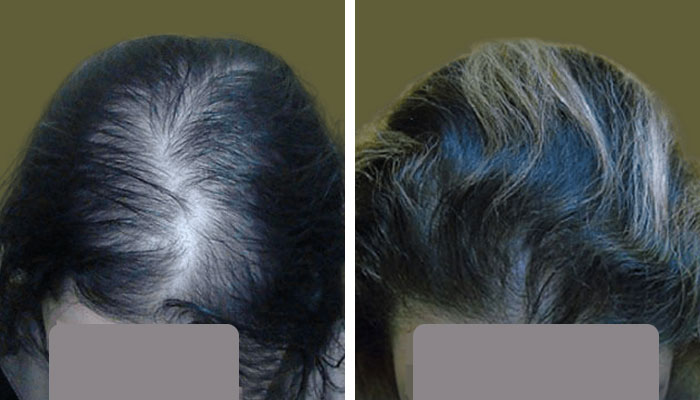


Scalp Reduction Surgery
(75% Match) Scalp Reduction Therapy surgically removes bald areas of the scalp, stretching hair-bearing skin closer together to reduce visible baldness, this method is used in cases where scarring hair loss is not advanced.

Micropigmentation
(50% Match) Tattoos the scalp to mimic the appearance of short hair follicles, providing a cosmetic solution to conceal baldness and scarring hair loss, although it does not address the root cause.
B & A photos
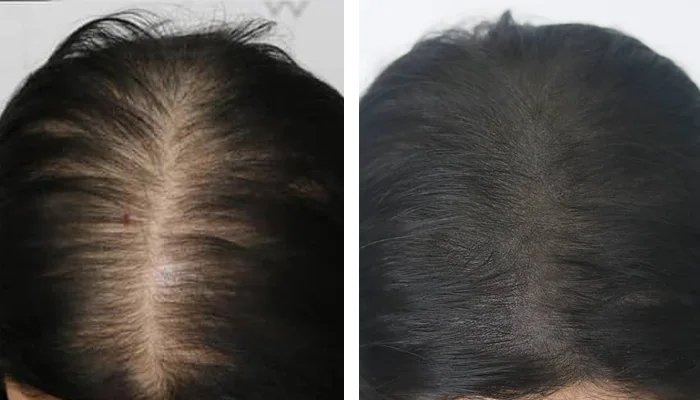
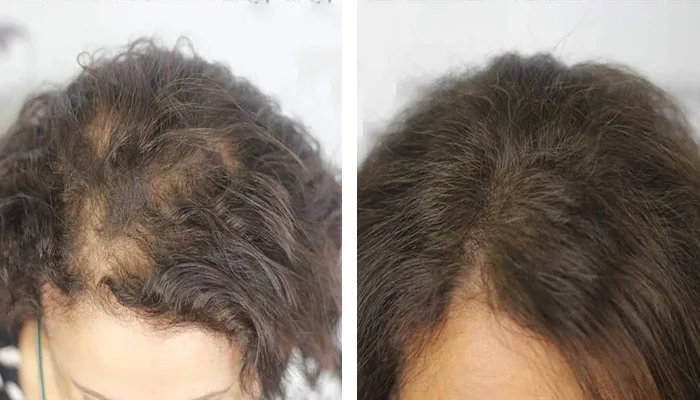
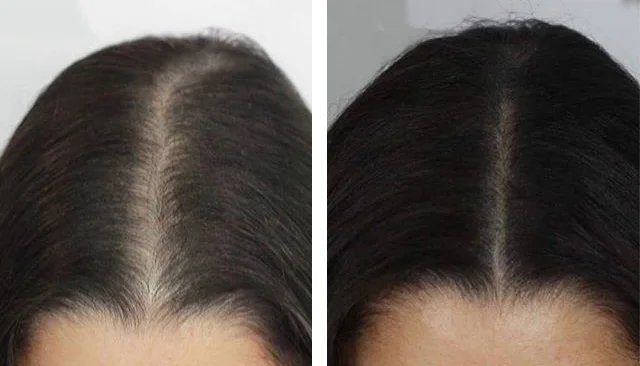
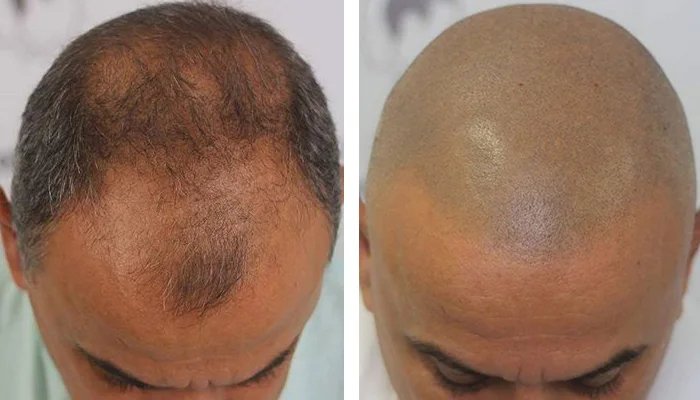
What is Scarring Hair Loss?
Scarring Hair Loss, or cicatricial alopecia, marks a severe form of hair loss where inflammation irreversibly damages hair follicles, replacing them with scar tissue. This condition halts new hair growth, leading to permanent baldness in the affected regions. Unlike other hair loss types, scarring alopecia permanently alters the scalp's landscape, making it critical to address the underlying causes promptly to prevent extensive hair loss. Treatments vary, focusing on halting the progression of scarring and, where possible, restoring hair through medical or surgical means.
What Causes Scarring Hair Loss?
The origins of scarring hair loss are multifaceted, involving autoimmune responses, infections, genetic factors, or specific skin conditions that trigger scalp inflammation. This inflammation is detrimental to hair follicles, leading to their destruction and subsequent replacement with scar tissue. Identifying the precise cause is pivotal, as it guides the treatment strategy. Early intervention can significantly mitigate the condition's impact, underscoring the importance of consulting with specialists upon noticing symptoms of scarring alopecia.
Am I a Candidate for Scarring Hair Loss Treatment?
Individuals witnessing signs of scarring hair loss are potential candidates for intervention. The key to effective treatment lies in early diagnosis and tailored therapeutic strategies. A comprehensive evaluation by a dermatologist or trichologist is crucial to ascertain the alopecia's cause and severity. Treatment approaches are diverse, ranging from medication to manage inflammation to surgical options for hair restoration, each chosen based on the patient's specific diagnosis and health status.
How Old Should I Be to Get Scarring Hair Loss Treatment?
Scarring hair loss treatment is not confined by age limits but rather dictated by the condition's severity and the patient's overall health. Treatments are customized to individual needs, with options available for both children and adults. It's essential to seek professional advice to initiate timely and appropriate treatment, aiming to halt the progression of scarring and explore potential restoration methods. A healthcare provider can offer valuable insights into the most suitable timing and options for treating scarring alopecia, ensuring decisions are made with the patient's best interest in mind.
Scarring Hair Loss Before and After See it for Yourself!
Before-and-after images can provide visual evidence of the effectiveness of certain treatments. However, individual results may vary, and it's crucial to approach such images with caution. Belroens has a comprehensive gallery of scarring hair loss before and after photos showcasing the elite performance of its affiliated surgeons!
Is There a Scarring Hair Loss Non-Surgical Treatment?
Non-surgical treatments for scarring hair loss aim to manage symptoms and halt the progression of hair loss. Options include topical corticosteroids to reduce inflammation, oral medications that can suppress the immune system's harmful effects on hair follicles, and light therapy to stimulate hair growth. These treatments can be effective in the early stages or when surgical intervention is not possible. Consulting with a dermatologist is essential to tailor a treatment plan that addresses the specific type and cause of scarring alopecia, maximizing the potential for hair retention and regrowth.
Is there a Scarring Hair Loss Self-Care Treatment Method?
Managing scarring hair loss extends beyond medical treatments to include self-care practices that support overall scalp health. Adopting a gentle hair care routine, reducing stress through mindfulness or exercise, and ensuring a nutrient-rich diet can all contribute to a healthier scalp environment. While these measures alone cannot reverse hair loss, they may complement medical treatments and improve overall scalp health. It's important to consult with healthcare professionals to integrate effective self-care practices into your treatment plan.
Is Scarring Hair Loss in Need of Urgent Treatment?
Scarring hair loss can sometimes progress quickly, making early detection and treatment crucial to prevent irreversible follicle damage. If you notice rapid hair loss, scarring, or other changes in your scalp, seeking prompt medical evaluation is important. Early intervention can significantly improve the effectiveness of treatments, preserving hair density and preventing further loss. A healthcare provider can assess the severity of your condition and recommend immediate steps to address the issue.
Can I Delay Scarring Hair Loss Treatment?
Postponing treatment for hair loss risks allowing the condition to advance, potentially leading to permanent hair loss that cannot be recovered. Early diagnosis and intervention are critical in preserving existing hair follicles and preventing further scarring. If you're experiencing signs of scarring alopecia, consulting with a dermatologist as soon as possible is recommended to discuss your treatment options and begin appropriate therapy to mitigate the condition's impact.
Is Scarring Hair Loss Socially Acceptable?
Hair loss, like any form of alopecia, is a medical condition that varies in social acceptance. While societal perspectives can influence feelings of self-esteem and body image, it's important to prioritize personal health and well-being over external judgments. Treatments are available to address both the physical and emotional aspects of hair loss, and deciding to seek help is a personal choice aimed at improving your quality of life and self-confidence.
How Much Does Scarring Hair Loss Treatment Cost?
The cost of hair loss treatment can vary based on factors such as the chosen treatment method, geographic location, and individual circumstances. Consultation with a healthcare professional and insurance coverage may impact overall costs. Here is a chart showcasing the average price of different scarring hair treatments in the US, compared to the same services offered by elite Belorens affiliated surgeons in Turkey.
| Treatment | Average Price Range in the US | Average Price Range in Turkey |
|---|---|---|
| Hair Transplant Surgery | $4000-$15000 | $1500-$5000 |
| PRP Injection | 500-$1500 | $60-$240 |
| Steroid Injection | $100-$300 | $20-$60 |
| Scalp Reduction Therapy | $2000-$10000 | $1500-$7000 |
| Micropigmentation | $1000-$4000 | $500-$2500 |
Scarring Hair Loss Treatment Methods: Which One is More Popular?
The popularity of treatment methods can vary, and the choice depends on the specific type and severity of scarring hair loss. Common approaches include hair transplant surgery and laser therapy, and non-surgical interventions such as steroid and PRP injection, as well as micropigmentation.
Scarring Hair Loss with Treatment Belorens: Begin Your Journey
Belorens streamlines the search for optimal treatments addressing scarring hair loss. Our platform offers a convenient space to discover a comprehensive selection of leading surgeons and doctors. Customize your search according to your preferences, assess their proficiency through patient testimonials, scrutinize before-and-after visuals, and more. This platform equips you with the tools to make well-informed choices, ensuring that your decisions align with your individual requirements for effective and personalized solutions to hair loss.
Frequently Asked Questions (FAQ)
Can Scarring Hair Loss be Reversed Completely?
Scarring hair loss is often irreversible since it involves the replacement of hair follicles with scar tissue. While treatments can slow its progression, complete reversal may not be achievable in many cases.
Does Scarring Hair Loss Affect Body Hair?
Scarring hair loss primarily impacts the scalp, but in some cases, it can affect other body hair. However, not all forms of body hair loss are necessarily related to scarring alopecia.
Are There Alternative Therapies for Scarring Hair Loss?
In addition to conventional treatments, some individuals explore alternative therapies such as acupuncture, herbal remedies, or dietary changes. It's essential to discuss these options with a healthcare professional to ensure their safety and effectiveness.
Can Hormonal Imbalances Cause Scarring Hair Loss?
can contribute to certain types of scarring alopecia. Understanding the role of hormones in your specific case is crucial for appropriate treatment.
Is Scarring Hair Loss More Common in Men or Women?
Scarring hair loss can affect both men and women, but the prevalence and specific types may vary. Some forms are more common in one gender, and understanding these patterns can influence treatment decisions.
Can Scarring Hair Loss Cause Itching or Pain?
Symptoms like itching or pain can accompany scarring hair loss due to inflammation. Managing these symptoms is an important aspect of treatment, and discussing them with a healthcare professional can guide appropriate interventions.
Does Hair Color Impact Scarring Hair Loss Risk?
Does Hair Color Impact Scarring Hair Loss Risk?
Research suggests that individuals with lighter skin and hair colors may be at a higher risk for certain types of scarring alopecia. However, the relationship between hair color and scarring hair loss is complex and varies based on individual factors.
How Does Stress Contribute to Scarring Hair Loss?
While stress is implicated in various types of hair loss, its specific role in scarring hair loss is not fully understood. Understanding the connection between stress and scarring alopecia can help tailor holistic treatment plans.
Can Scarring Hair Loss Affect Children?
Scarring hair loss can occur in children, although it is less common than in adults. Identifying and treating scarring alopecia in children may require specialized care and consultation with pediatric dermatologists.
Are There Support Groups for Individuals with Scarring Hair Loss?
Support groups and online communities can provide valuable emotional support and information sharing for individuals coping with scarring hair loss. Connecting with others facing similar challenges can be empowering during the treatment journey.